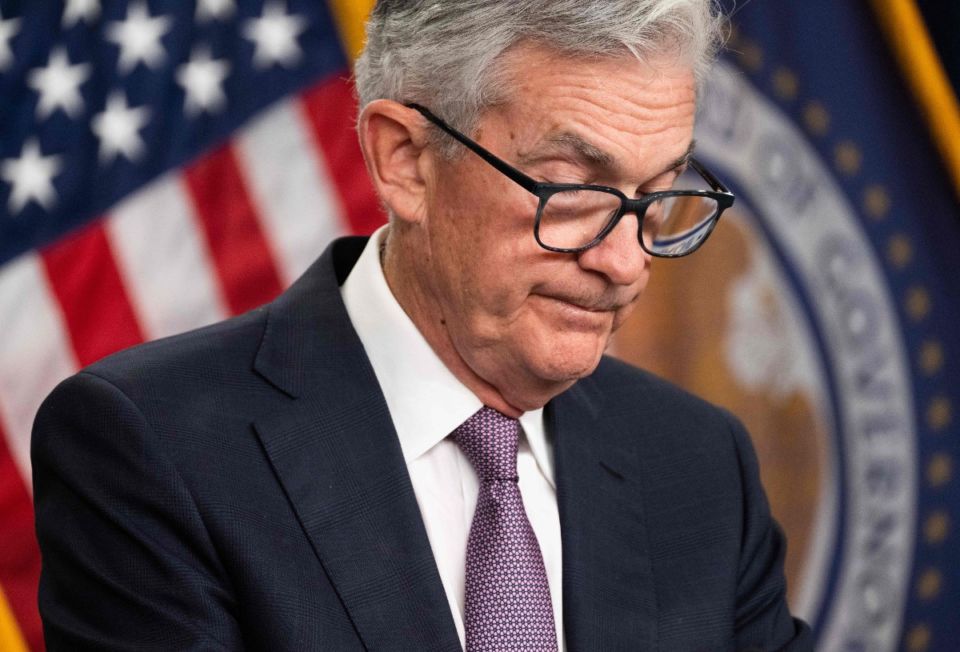The September inflation report put on the analysts’ wall the actions of the Federal Reserve to cool down the escalation of prices with the historical increases in interest rates. Despite this, a deeper look at the market could offer an answer to the housing crisis that the country is going through.
The September inflation report was catastrophic for the Federal Reserve and its strategy that it has been carrying out for several months to control price escalation.
The rise of 8.2% in September in the Consumer Price Index (CPI) does not show that the Fed’s actions to make loans more expensive are fulfilling their objective.
Moreover, according to analysts, who received the report from the Bureau of Labor Statistics with all the alarms on, last month’s data shows almost zero results that the Fed can highlight.
The truth is that 8.2% in September is very similar to 8.3% in August and 8.5% in July and last March, when the Fed decided to undertake a series of aggressive adjustments in its interest rate to cool down the economy.
For analysts, the Fed is not achieving it. Inside the Fed, however, the reading would have a finer line to watch: the housing market plunged into an affordability crisis, according to a CNN report.
Before knowing the result of inflation for September, the vice president of the Fed, Lael Brainard, recalled that the effects of increases in the key rate may take months to be reflected in the economy.
However, within the economic framework, the housing market is particularly sensitive to adjustments in interest rates or the tightening of monetary policy.
As the Fed itself has recognized, its movements will cause pain in families and companies, and the housing market is one of those that is reflecting the results of a stricter policy more harshly.
This is because mortgage rates are deeply linked to key Fed rates and this link is noticeable with the movements they have experienced in recent months.
The rates for 30-year fixed mortgages, the most common among Americans, averaged 6.9% in the last week, which places it in a range not seen in 20 years and practically double the 3% in which they were located ago one year.
For the chief economist of Freddie Mac, Sam Khater, the behavior of the housing market is in contrast to what the economy is going through, even with the latent uncertainty and fears of a recession.
“Strong job and wage growth are keeping consumer balance sheets positive, while persistent inflation, recession fears and housing affordability are causing housing demand to drop precipitously,” he told CNN.
What options does the Fed have?
Although most analysts consider that the September inflation report was a disaster, they also estimate that the 8.2% will fuel the Fed’s decision to continue on an upward path of adjustments.
In reality, the Fed does not have many options, because if the objective is to crush inflation, its key rate is the most powerful weapon it has to control prices and cool the market.
The Fed is clear about it and its president, Jerome Powell, was emphatic after last September’s announcement: we must forget the “soft landing” because the risk of inflation taking root among consumers is greater than the pain that its adjustments may cause , even if that’s called a recession.
In the meantime, and as long as the goal is met, Americans will pay with higher prices and higher credit costs, waiting for the labor market to finally give way and job destruction to begin.

